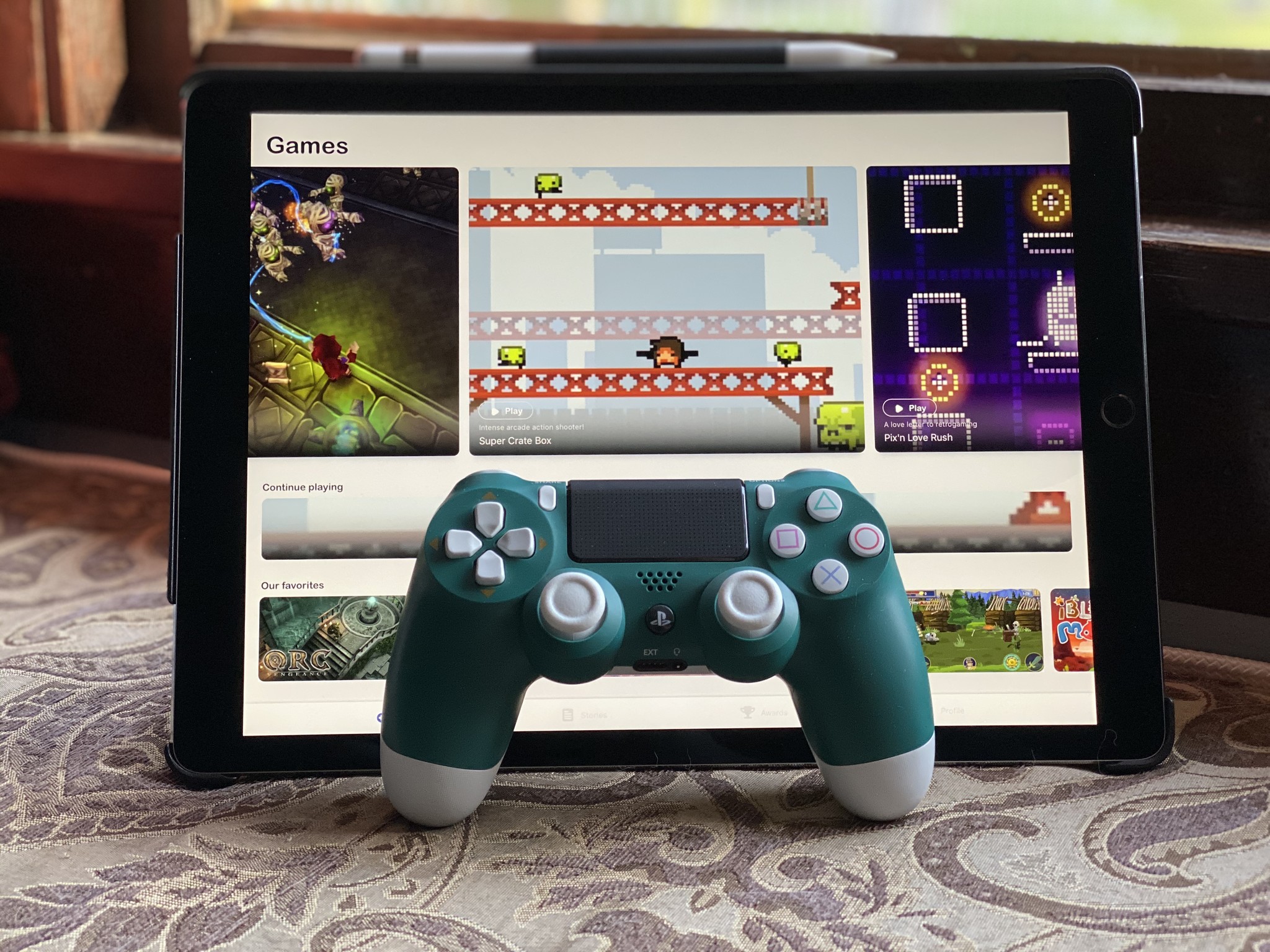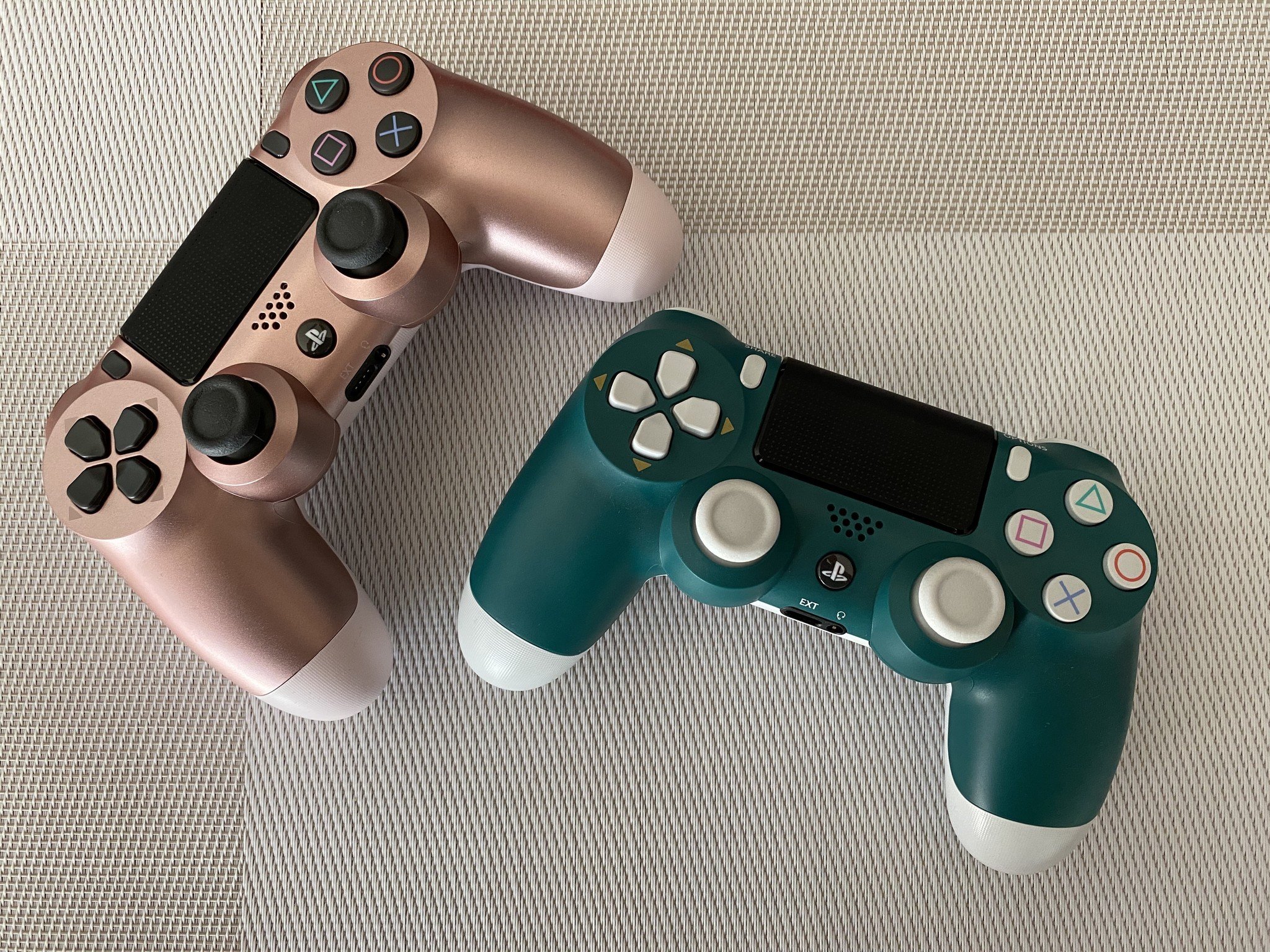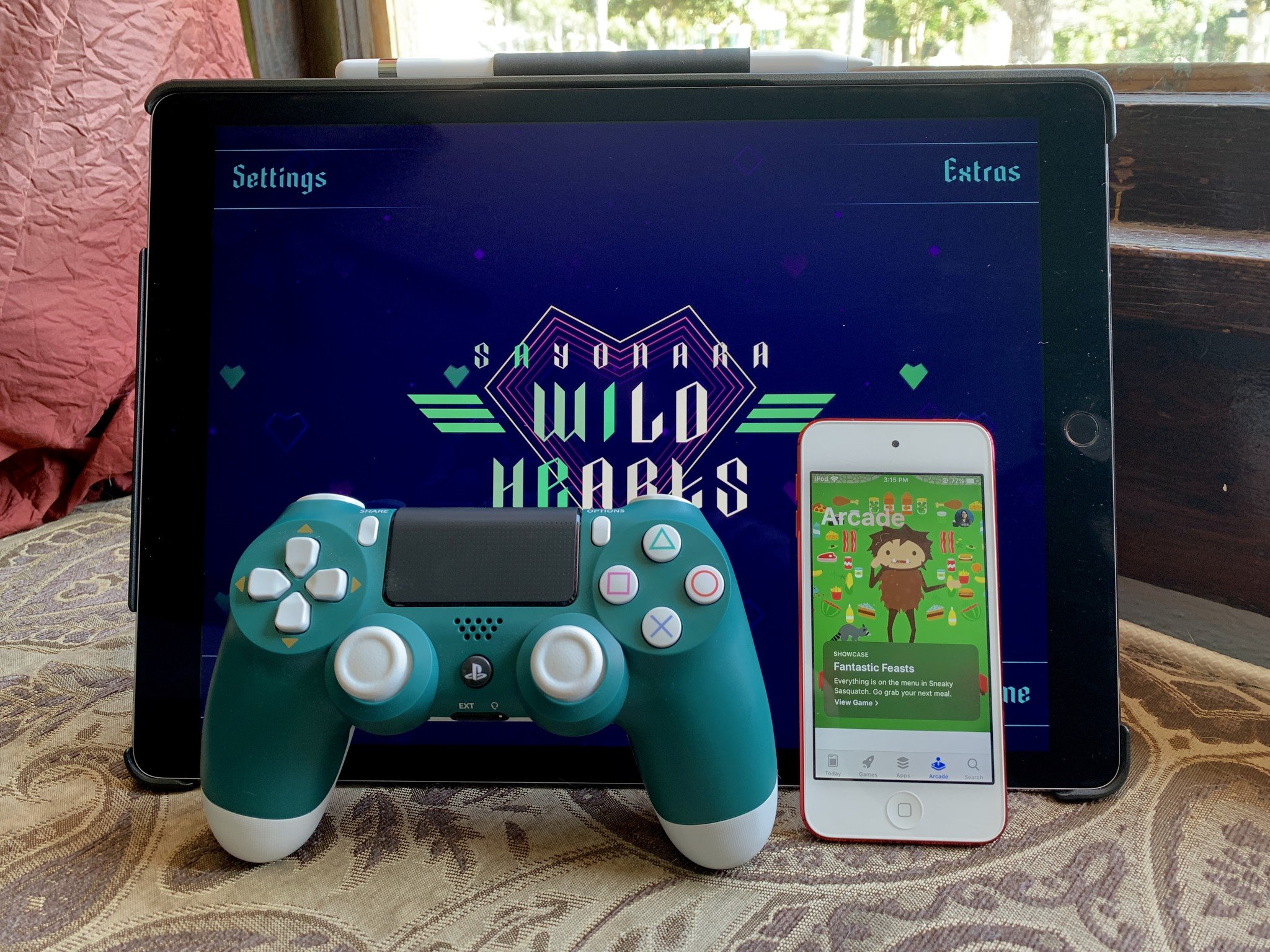10 years of gaming on the iPad: How a larger screen has shaped the mobile gaming landscape

On January 27, 2010, in San Francisco, Steve Jobs made the announcement for a revolutionary new product called the iPad. This was before tablets were mainstream, and many people (myself included) were thinking, do we really need a big giant iPod touch/iPhone?
But boy, the iPad is so much more useful than that. It was a way for us to get some work done in a more portable fashion than lugging around a heavier laptop, or watch some movies or read a book, and of course, play some games in our spare time.
It's been 10 years since the iPad first hit the market, and it's amazing how much the gaming scene has changed since then.
The evolution of gaming on the iPad

When the iPad first came out, the App Store had only been around for two years. The games in the App Store had separate downloads for the iPhone and iPad (before universal apps were a thing), even though the iPad versions usually were the same thing as the iPhone, but...bigger. Yes, it was easier to see everything happening on the bigger screen of the iPad, but for the most part, these were the same thing as on the iPhone.
In the beginning, both iPhone and iPad games were unique creations optimized for touchscreens, and they came from up-and-coming developers and publishers who were hoping to make it big. While many smaller studios fell by the wayside, there have been several standout successes from the App Store and iPad gaming, such as Angry Birds and Carcassonne. At the start, a lot of the successful iPad games were originals and optimized for the distinctive, large touch screen interface.
But when you take a look at the game offerings on the iPad (and iPhone) now, you'll find a lot of, surprise surprise, ports of games from other platforms, along with more complex games than what you would find in the early days. Today's App Store for iPad games is much different than what you would find back in the beginning days of the App Store, and it continues to evolve.
From touch screen to MFi and console controllers

As the iPad debuted and gamers would find games on the App Store, it would be safe to say that pretty much every game has (or should have) optimized touchscreen controls. In the beginning, this would be the only way to play, so having bad touchscreen controls just tainted the overall experience, as there was no other solution.
iMore offers spot-on advice and guidance from our team of experts, with decades of Apple device experience to lean on. Learn more with iMore!
Then we started to see "Made for iPhone/iPod/iPad" game controllers in 2013 with iOS 7. This changed gaming on the iPad (and iPhone) forever. Not everyone liked to play games with touch screen controls, and having MFi game controllers gave people an alternative to play a game, as long as the developer included support for it. Since it was new, it did take a while to see games add controller support, but eventually, it became the norm and is pretty much expected these days.
In 2019, Apple finally added support for Sony DualShock 4 and Xbox One S controllers in iPadOS 13. This was the tipping point to bring a more console-like experience to iPad gaming because you could finally use actual console controllers with your iPad. When you combine this with some incredibly high-quality games like Oceanhorn, Call of Duty: Mobile, and Fortnite, it's evident that the iPad can somewhat compete with the console gaming market.
I mean, if you have something like the 12.9-inch iPad Pro, a stand (or case with different viewing angles built-in), and your favorite game controller (I use DualShock 4), then you pretty much have a nice gaming rig that you can set up anywhere. You can even think of it as a bigger Switch, as they're similar (tablet with touch screen and physical controllers and some shared games).
Going from premium experiences to freemium to Apple Arcade

Back in the day, I remember most games on the App Store costing a dollar, a few bucks, or sometimes they were even $10 or more (looking at you, Square Enix). But these were games that we bought because the platform was new and exciting at the time, and there were a lot of standout titles. Plus, we thought that they would always work, even years later (this isn't always the case).
But then something changed. It felt like more and more people were annoyed at the fact that they had to pay for a mobile game or even an app. People didn't like having to cough up a dollar or two for some entertainment that would (possibly) last longer than their morning cup of coffee from Starbucks. It became harder for developers and studios to stay afloat by charging money for their game because people wanted free games and apps. So the rise of freemium games began.
Oh, the freemium era, which continues to this day. It's full of nothing but re-skins of other games and everything seems riddled with ridiculous in-app purchases to prey on people's addictions, or for kids to take advantage of with parents who don't know how to set restrictions on their devices. I once was an avid fan of mobile gaming when games were decent quality entertainment that just cost a few bucks here and there and didn't bother you with annoying pay-to-win tactics. But after I saw that pretty much everything I was interested in was a free download that would be packed to the brim with in-app purchases, I grew tired. I dropped off mobile gaming on both my iPhone and iPad for a while.
Enter Apple Arcade.
Apple Arcade is Apple's own gaming subscription service that costs $4.99 a month and you can share one subscription with up to six people in a Family Share plan. With Apple Arcade, you get unlimited access to over 100 games that are exclusive to the service, and more get added on a regular basis. The games in Apple Arcade are what I've been missing from iPad and iPhone gaming: premium gaming experiences with zero ads or in-app purchases — just pure gaming.
So far, some of my favorite games that I've actually played are Sayonara Wild Hearts, What the Golf?, Cat Quest II, Grindstone, Card of Darkness, King's League II, Oceanhorn II: Knights of the Lost Realm, and more. These titles take me back to the days of the App Store when games were about quality, and not just about making money from players. And when you combine these games with the large screens of the iPad and support for a wide variety of game controllers, including DualShock 4 and Xbox One S, it feels like the iPad is a viable portable gaming system.
What the future holds for iPad gaming
Remember, the iPad only came out 10 years ago, and how one games with it has drastically changed since it first hit the market. Since then, we've gone from simple, bigger versions of iPhone games to full-on ports from other platforms, games that look like they can be on a PlayStation 4 or Xbox One S, and even exclusive titles with Apple Arcade. To top it all off, we've gone from strictly touchscreen controls (as good or bad as they are) to being able to use specially designed gamepads to official DualShock 4 and Xbox One S controller support.
We've come so far in just 10 years, and it's been a blast seeing the iPad gaming scene change since its debut. I can only imagine what the next decade will bring for iPad in terms of gaming.

Christine Romero-Chan was formerly a Senior Editor for iMore. She has been writing about technology, specifically Apple, for over a decade at a variety of websites. She is currently part of the Digital Trends team, and has been using Apple’s smartphone since the original iPhone back in 2007. While her main speciality is the iPhone, she also covers Apple Watch, iPad, and Mac when needed.
When she isn’t writing about Apple, Christine can often be found at Disneyland in Anaheim, California, as she is a passholder and obsessed with all things Disney, especially Star Wars. Christine also enjoys coffee, food, photography, mechanical keyboards, and spending as much time with her new daughter as possible.


